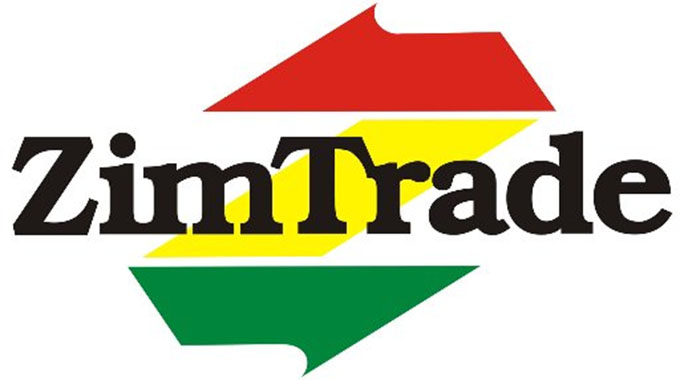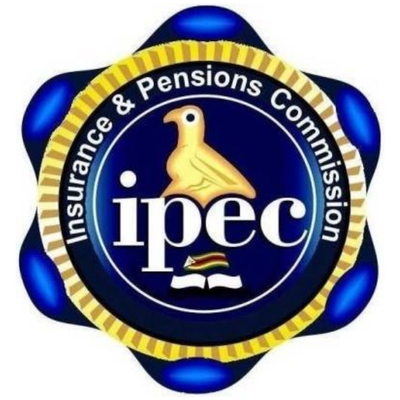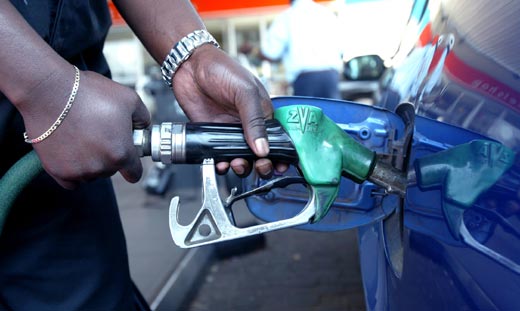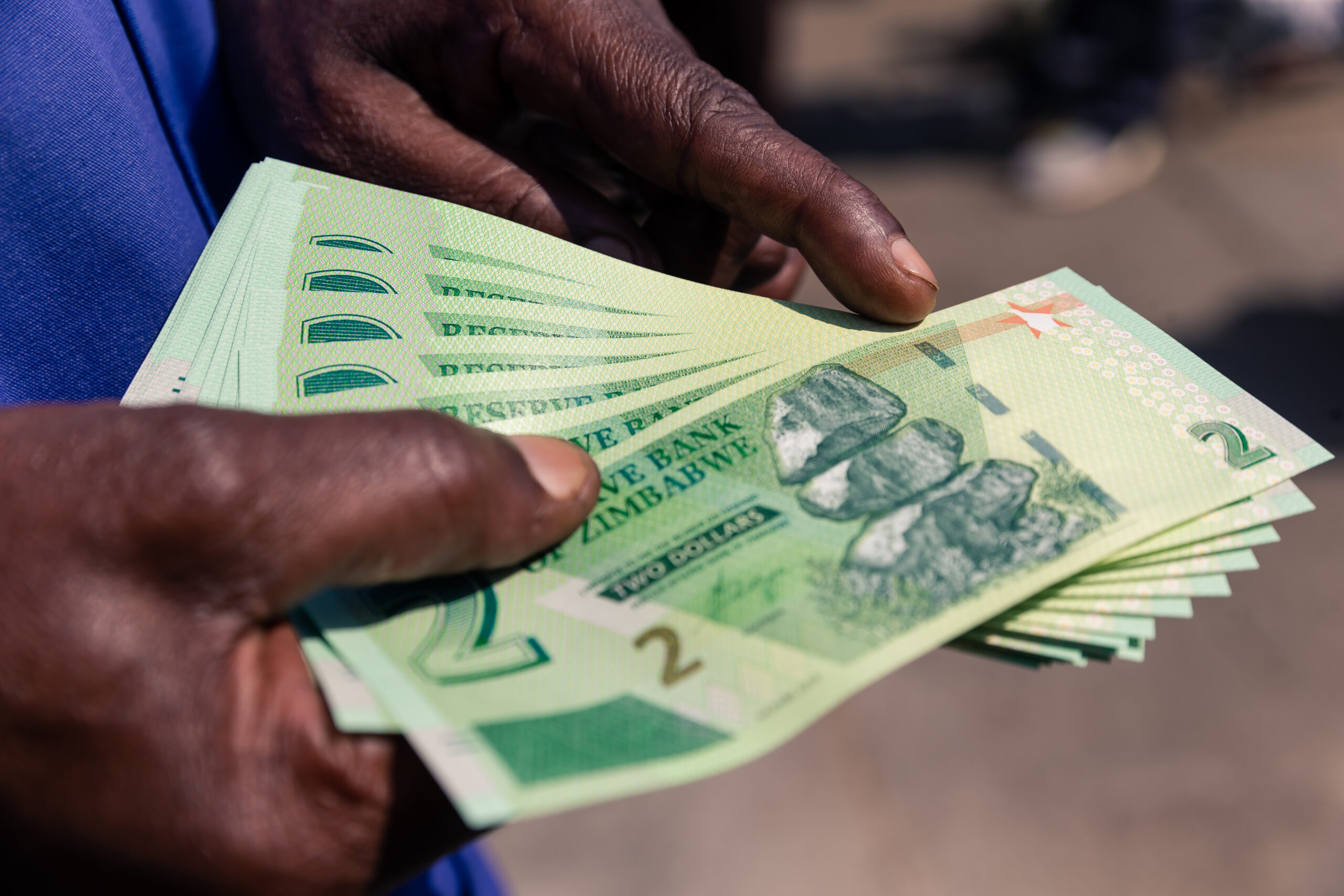Beware of the hidden risk, vulnerability of under-insurance
WHEN it comes to insurance, most people assume that having coverage is enough to protect them from any potential risks.
However, what many fail to realize is that underinsurance can leave them vulnerable to financial losses, especially in the face of depreciating currency.
As currencies fluctuate, as it is with the Zimbabwe dollar right now, the value of your insured assets may decrease, and if you have underinsured them, it could mean a significant financial hit in the event of a loss.
This hidden risk of underinsurance is often overlooked, but it is crucial to understand how it can impact your financial security.
In this article, we will delve into the concept of underinsurance and how it can leave you exposed. Just like the 20008/2009 period, the insurance industry is beginning to experience a depreciation on policyholder values, particularly for assets insured in the Zimbabwe dollar. We will also explore some practical steps you can take to ensure that you have adequate insurance coverage and minimize your risk of financial losses. So, let’s dive in and uncover the hidden risk of underinsurance!
Understanding the concept of underinsurance
Underinsurance is a situation where the insurance coverage for an asset or property is insufficient to cover the full value of the asset or property. When you have underinsured your assets, you are exposed to the risk of financial losses, especially if they are damaged, lost, or stolen. This is because the insurance payout you receive may not be enough to cover the cost of replacing or repairing the asset.
Underinsurance is a common problem that affects individuals and businesses alike. Many people underestimate the value of their assets or fail to update their insurance policies regularly, leading to underinsurance.
It is important to note that being underinsured is not the same as not having insurance at all. Having some insurance coverage is better than having none, but it may not be enough to fully protect you from financial losses.
Currency depreciation and underinsurance
Currency depreciation is a phenomenon where the value of a currency decreases relative to other currencies or goods and services. This can happen due to factors such as inflation, political instability, or changes in the global economy. Currency depreciation can have a significant impact on your insurance coverage, especially if you have insured assets denominated in a different currency.
For example, let’s say you own a vehicle and you have insured it for a certain value in Zimbabwe dollars. If the value of the Zimbabwe dollar depreciates relative to the United States Dollar, the insurance payout you receive will be worth less than what you initially insured the vehicle for. This means that you may not be able to fully replace or repair the vehicle, leading to financial losses.
The hidden costs of underinsurance
Underinsurance can have hidden costs that many people fail to consider. For instance, if you are underinsured and experience a loss, you may have to pay out of pocket to cover the difference between the insurance payout and the actual cost of replacing or repairing the asset. This can be a significant financial burden, especially if the asset is expensive.
Underinsurance can also lead to business interruption and lost revenue. If your business assets are underinsured and are damaged or lost, it may take longer to replace or repair them. This can lead to a loss of productivity and revenue, which can be detrimental to your business’s financial health.
How to calculate your insurance needs in light of currency depreciation
To avoid underinsurance due to currency depreciation, it is important to calculate your insurance needs accurately. This involves taking into account the current value of your assets and the potential impact of currency fluctuations.
One way to do this is to use a currency hedging strategy. This involves buying insurance coverage in the same currency as the insured asset. For instance, if you own a property denominated in a foreign currency, you can buy insurance coverage in that currency to avoid the impact of currency fluctuations.
Another way to calculate your insurance needs is to regularly review and update your insurance policies. This involves assessing the value of your assets and ensuring that your insurance coverage is adequate to cover the full value of the assets.
How to mitigate risk of underinsurance due to currency depreciation
In addition to calculating your insurance needs accurately, there are other strategies you can use to mitigate the risk of underinsurance due to currency depreciation. One strategy is to diversify your assets across different currencies. This can help to spread the risk of currency fluctuations and reduce your exposure to any one currency. Another strategy is to work with an insurance provider or broker that has experience with currency fluctuations.
This can help you to better monitor and understand the potential impact of currency fluctuations on your insurance coverage and ensure that you have adequate coverage. In previous years, the regulator in Zimbabwe developed guidelines for insurance companies on how to deal with currency reforms in order to preserve value for the policy holder.
Regularly review and updating your insurance coverage
Regularly reviewing and updating your insurance coverage is crucial to avoid underinsurance. This involves assessing the value of your assets and ensuring that your insurance coverage is adequate to cover the full value of the assets.
You should also consider the potential impact of currency fluctuations when reviewing your insurance policies. It is important to note that the value of your assets can change over time, and currency fluctuations can have a significant impact on the value of insured assets.
Working with insurance providers to ensure adequate coverage
Working with an insurance provider can be challenging, especially when it comes to ensuring that you have adequate coverage. Here are some tips to help you work with your insurance provider to ensure that you have adequate insurance coverage:
- Be transparent about the value of your assets and any potential risks.
- Ask questions about the potential impact of currency fluctuations on your insurance coverage.
- Consider working with an insurance provider that has experience with currency fluctuations.
- Regularly review and update your insurance policies to ensure that you are adequately protected.
Conclusion and call to action
Underinsurance is a hidden risk that can leave you vulnerable to financial losses, especially in the face of depreciating currency. To avoid underinsurance, it is important to understand the concept of underinsurance and how it can be impacted by currency depreciation.
You should also calculate your insurance needs accurately, diversify your assets across different currencies, and work with an insurance provider that has experience with currency fluctuations.
Regularly reviewing and updating your insurance coverage is crucial to ensure that you are adequately protected. This involves assessing the value of your assets and ensuring that your insurance coverage is adequate to cover the full value of the assets.
By taking these steps, you can minimize the risk of underinsurance and protect your financial security.-chronicle












